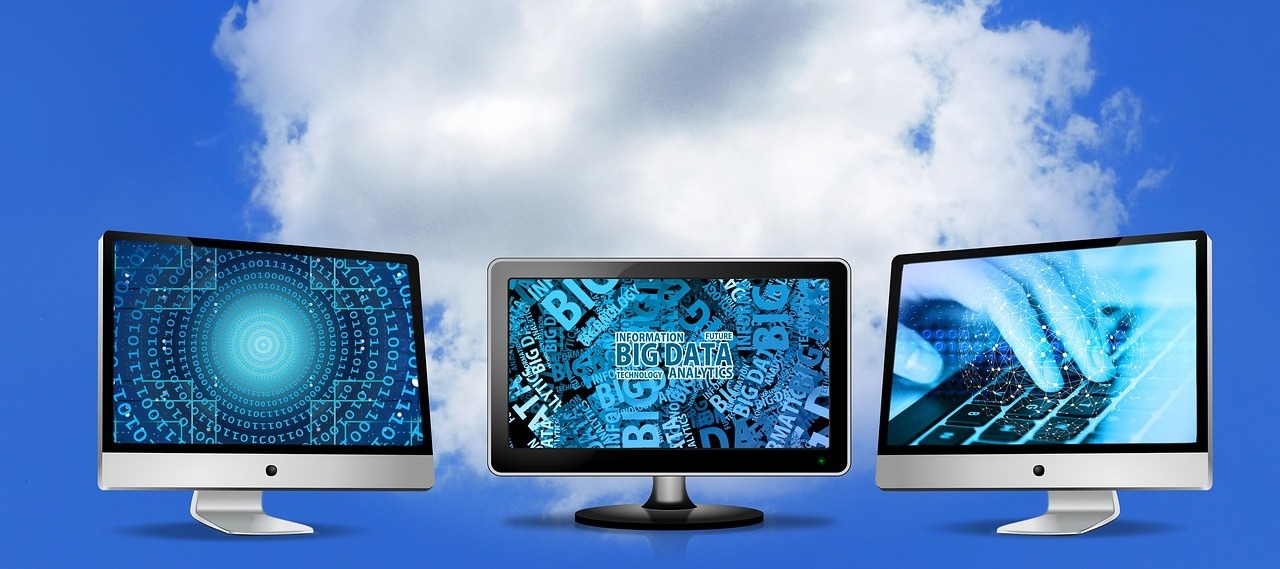
Businesses are feeling the pressure to implement real-time analytics to keep up
Real-time data is collected as it is produced and then streamed to downstream devices for immediate analysis and action. It is a significant departure from traditional batch data, which is captured at periodic intervals of time and is not streamed live.
Enterprises today are clamoring for live, real-time data in all of its forms, whether it is video, Internet of Things or even a structured system of records data.
"Data-driven companies such as Doordash and Uber proved this by building industry-disrupting businesses on the backs of real-time analytics," said Dhruba Borthakur, co-founder and CTO of Rockset, a provider of real-time analytics services.
"Every other business is now feeling the pressure to take advantage of real-time data to provide instant, personalized customer service, automate operational decision-making, or feed ML [machine learning] models with the freshest data. Businesses that provide their developers unfettered access to real-time data in 2022, without requiring them to be data engineering heroes, will leap ahead of laggards and reap the benefits."
So, what are the benefits of moving to more real-time data? Faster times to decision is one clear advantage. If you are providing real-time streaming services to customers, a second benefit is growth in revenue generation. And as more companies continue to automate internal operations, production cycles and expenses can be reduced with real-time data.
"The fresher the data, the more valuable it is," said Borthakur, who added that the democratization of real-time data has now taken data-driven decision-making out of the hands of a select few and enabled more employees to access and analyze real-time data for themselves. The move to more real-time data is also changing how companies use data and create software.

A move from dashboards to data-driven apps
"Analytical dashboards have been around for more than a decade," Borthakur said. "There are several reasons they are becoming outmoded. First off, most are built with batch-based tools and data pipelines. By real-time standards, the freshest data is already stale."
Unfortunately, even if the data behind dashboards were fresh, there is still a human latency problem that Borthakur sees.
"Humans may be the smartest animal on the planet, but we are painfully slow at many tasks compared to a computer," he said.
The solution to human latency that Borthakur and others see is a move to total automation that is created by data-driven applications that don't require human intervention. This might be a fully automated assembly line or a customer service process that is fully automated.
Greater alignment between data teams and software developers
To build data-driven apps that drive automation, application developers will need to work closely with data analysts and data scientists who understand how to manage and use data.
"Engineering and data teams have long worked independently," Borthakur said. "It's one reason why ML-driven applications requiring cooperation between data scientists and developers have taken so long to emerge. But necessity is the mother of invention. Businesses are begging for all manner of applications to operationalize their data. That will require new teamwork and new processes that make it easier for developers to take advantage of data."

What's next for real-time data?
Data-driven apps will drive more real-time data utilization and automation, but there are still challenges ahead for companies heading in this direction.
One of these challenges is realigning IT developers and data teams so they work more closely together. This will involve some functional area silo-breaking. A second area of challenge will be defining what the new interface of man and machine will be as more business processes take on greater degrees of automation.
We already know that there are limits to automation in customer service. For instance, there are some transactions that are just too complicated for automaton to handle, and a human expert must jump in.
Correctly positioning man-machine interfaces in automation and realigning applications and data teams will be two areas of major focus for organizations as they make the move to operationalizing real-time data.
© 2021 LeackStat.com
